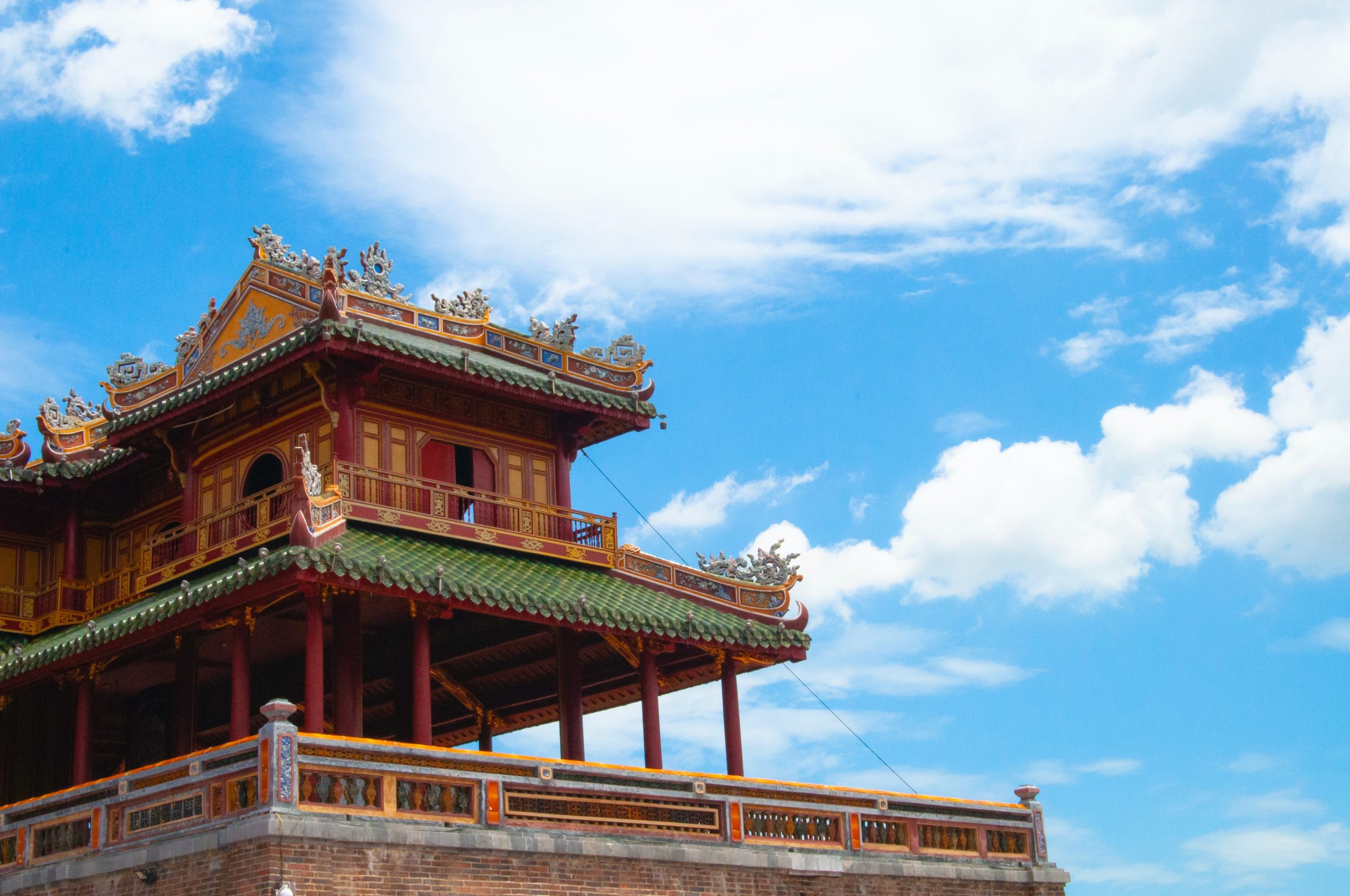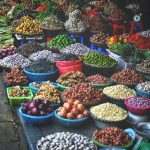Exploring Rhythms and Graceful Moves: Traditional Music and Dance in Vietnam
Vietnam is a land of rich cultural heritage and a deep appreciation for the arts. One of the most captivating aspects of Vietnamese culture is the Traditional music and dance in Vietnam, which have been passed down through generations. In this travel blog, Green Sun Travel will embark on a journey to discover the soul-stirring rhythms and graceful moves that are an integral part of Vietnam’s cultural tapestry.
Traditional Music and Dance in Vietnam: The Beauty of Traditional Vietnamese Music
Vietnamese traditional music is a profound and enchanting art form that resonates with the very essence of the Vietnamese people. It is a sonic tapestry that weaves together the country’s rich history, culture, and emotions. Through its melodic nuances, it tells stories, conveys deep-seated emotions, and captures the rhythms of everyday life. Traditional Vietnamese music has endured the test of time, evolving over centuries and encapsulating the essence of this extraordinary nation.
Nhã Nhạc (Royal Court Music)
Nhã Nhạc, also known as royal court music, stands as a pinnacle of Vietnam’s musical heritage. Its origins can be traced to the imperial court of Huế, where it was cultivated and refined over generations. This art form is an exquisite synthesis of poetry, music, and dance. In the skilled hands of the musicians and graceful movements of the dancers, Nhã Nhạc takes on a life of its own.
The instruments that breathe life into Nhã Nhạc are meticulously chosen for their delicate and evocative sounds. The enchanting resonance of bamboo flutes, the ethereal notes of the dan tranh (a sixteen-string zither), and the rhythmic beats of various percussion instruments harmonize to create a musical tapestry that enchants the senses.
However, it’s not just the auditory experience that makes Nhã Nhạc enchanting. It is the marriage of music and movement that elevates it to another level of artistry. The dancers, in their intricate and precisely choreographed routines, add a visual dimension to the auditory symphony. Every gesture, every step, tells a story, evoking a sense of reverence and nostalgia for the imperial court traditions of old. Nhã Nhạc is a feast for the senses, a breathtaking amalgamation of sight and sound that leaves an indelible mark on those fortunate enough to witness it.
Cải Lương

Cải Lương, often referred to as “Southern Opera,” is another facet of traditional Vietnamese music that adds a passionate and dramatic dimension to the country’s artistic repertoire. Unlike Nhã Nhạc, Cải Lương is characterized by its passionate and melodramatic narrative. This traditional theater music is a powerful and evocative form of storytelling.
Cải Lương typically employs a small orchestra, where a narrator takes center stage to recount compelling stories through song. These narratives often delve into themes of love, tragedy, and the human condition, tugging at the heartstrings of the audience. However, what truly sets Cải Lương apart is the synergy between the actors, their emotional expressions, and the graceful, synchronized movements that accompany the performance. It’s a captivating and dramatic experience that unfolds like a vivid, living tapestry of emotions.
The combination of song, emotion, and movement in Cải Lương creates a multi-sensory journey that transcends language barriers. It resonates with the audience on a deep, emotional level, leaving a lasting impression that lingers in the hearts and minds of those who have the privilege to witness it.
In conclusion, traditional Vietnamese music, with its diverse forms like Nhã Nhạc and Cải Lương, is not just an art form; it is a window into the heart and soul of Vietnam. It encapsulates the country’s history, emotions, and culture, offering a powerful and evocative experience that speaks to the very essence of the Vietnamese people and their enduring artistic heritage.
Traditional Music and Dance in Vietnam: The Elegance of Vietnamese Traditional Dance
In Vietnam, traditional dance transcends the realm of mere performance; it serves as a cultural expression that bridges the past and present, capturing the very essence of the nation’s rich history and heritage. Rooted in centuries-old traditions, Vietnamese traditional dance is a captivating art form that exudes grace, poise, and a profound connection to the country’s cultural tapestry. Two of the most prominent traditional dance forms that encapsulate this elegance are “Hát Tuồng” and “Cô Tấm Dance.”
Hát Tuồng (Classical Drama)
Hát Tuồng is a mesmerizing form of classical Vietnamese drama that seamlessly melds music, dance, and storytelling. The performances are often centered around historical tales and folklore, and they are brought to life with colorful costumes and elaborate makeup. It is a visual and auditory feast that transports its audience to a different time and place.
The defining feature of Hát Tuồng is its deliberate and deliberate movements, which reflect the traditional elegance of Vietnamese culture. Dancers, clad in ornate and historically inspired costumes, glide across the stage with an unhurried grace, each gesture meticulously choreographed to convey profound emotions and the intricacies of the story being told.
Hát Tuồng is not merely a visual spectacle; it is a masterful narrative that transcends language, relying on the subtle and expressive movements of the dancers to convey the depth of human emotion and the rich stories of the past. It is a living testament to Vietnam’s historical legacy, captivating the hearts and minds of those who bear witness to its splendor.
Cô Tấm Dance
Cô Tấm Dance pays homage to a famous character in Vietnamese folklore, Cô Tấm, whose story is vividly brought to life through the art of dance. Cô Tấm is a symbol of the Vietnamese countryside, and her tale reflects the life of a peasant girl, depicting the everyday activities of rural Vietnam. This dance form captures the essence of rural life, encapsulating the simplicity, beauty, and resilience of the Vietnamese people.
The movements in Cô Tấm Dance are seemingly uncomplicated, yet they carry a profound elegance that mirrors the spirit of the Vietnamese countryside. Dancers move with fluidity and grace, evoking the very essence of life in the fields and villages, where the connection to the land and nature is deeply cherished. The costumes, like the dance itself, are a reflection of rural Vietnam’s beauty, adorned with traditional patterns and motifs that speak to the nation’s agricultural heritage.
Cô Tấm Dance is a celebration of the everyday, a poignant reminder of the unassuming beauty that exists in the simplicity of life. It transports its audience to the heart of the Vietnamese countryside, where traditions and culture are deeply intertwined with the land and its people.
In conclusion, Vietnamese traditional dance is not just an art form; it is a cultural treasure that reflects the history, emotions, and heritage of the nation. Whether through the graceful, deliberate movements of Hát Tuồng or the rustic beauty of Cô Tấm Dance, these art forms are a testament to the enduring elegance of Vietnamese culture and an invitation to journey through time and experience the soul of this extraordinary country.
Where to Experience Traditional Music and Dance in Vietnam

Vietnam offers a multitude of avenues for travelers to immerse themselves in the enchanting world of Traditional music and dance in Vietnam. Here are some must-visit places where you can witness these captivating art forms:
1. Hanoi Opera House
Located in the heart of Vietnam’s capital city, the Hanoi Opera House is a magnificent architectural gem that serves as a cultural epicenter for Traditional music and dance in Vietnam. Visitors can indulge in live performances that showcase the richness of Vietnamese artistic heritage. The Opera House frequently hosts concerts, traditional dance recitals, and theatrical performances that provide an authentic and immersive experience into the country’s artistic traditions. It’s a cultural oasis in the bustling metropolis of Hanoi, offering a refined and elegant setting to appreciate the beauty of traditional Vietnamese arts.
2. Huế Imperial City
For an exquisite taste of royal court music and the enchanting Nhã Nhạc performances, a visit to Huế’s Imperial City is a must. This ancient city was the heart of imperial Vietnam, and its historical significance is palpable throughout its sprawling grounds. Within the imperial complex, you can witness traditional performances that evoke the grandeur and sophistication of the royal court. These performances are not merely showcases of art but also journeys back in time, where the traditions of Vietnam’s dynastic past come alive.
3. Ho Chi Minh City Opera House
In the bustling metropolis of Ho Chi Minh City, the Opera House stands as a hub for various forms of Traditional music and dance in Vietnam. It offers a modern and vibrant setting for travelers to immerse themselves in the country’s artistic traditions. The Ho Chi Minh City Opera House frequently hosts a variety of performances, from classical music to contemporary dance, allowing visitors to witness the dynamism and evolution of Vietnamese arts. The venue itself is a masterpiece of French colonial architecture and provides a stunning backdrop for these cultural showcases.
4. Local Festivals and Events
To experience Traditional music and dance in Vietnam in its most authentic and immersive form, keep an eye out for local festivals and events held throughout the country. These festivals are celebrated with great enthusiasm and are a testament to the enduring spirit of Vietnamese culture. During festivals, you can witness live performances that reflect the regional diversity of traditional music and dance, with each area showcasing its unique artistic traditions. Whether you’re in a bustling city or a quiet countryside village, these festivals offer a direct and unfiltered connection to the heart and soul of Vietnam’s cultural heritage.
Conclusion
Traditional music and dance in Vietnam are the heart and soul of Vietnam’s cultural heritage. They offer a unique and captivating glimpse into the history, traditions, and emotions of the Vietnamese people. If you’re planning a trip to Vietnam, make sure to set aside time to experience the magic of these art forms. Your journey will be enriched by the melodies and movements that have been passed down through generations, making it an unforgettable cultural adventure.








criar conta na binance
Thanks for sharing. I read many of your blog posts, cool, your blog is very good.
April 24, 2024 at 2:23 pm
Crea un account gratuito
Thank you for your sharing. I am worried that I lack creative ideas. It is your article that makes me full of hope. Thank you. But, I have a question, can you help me?
May 5, 2024 at 4:27 am